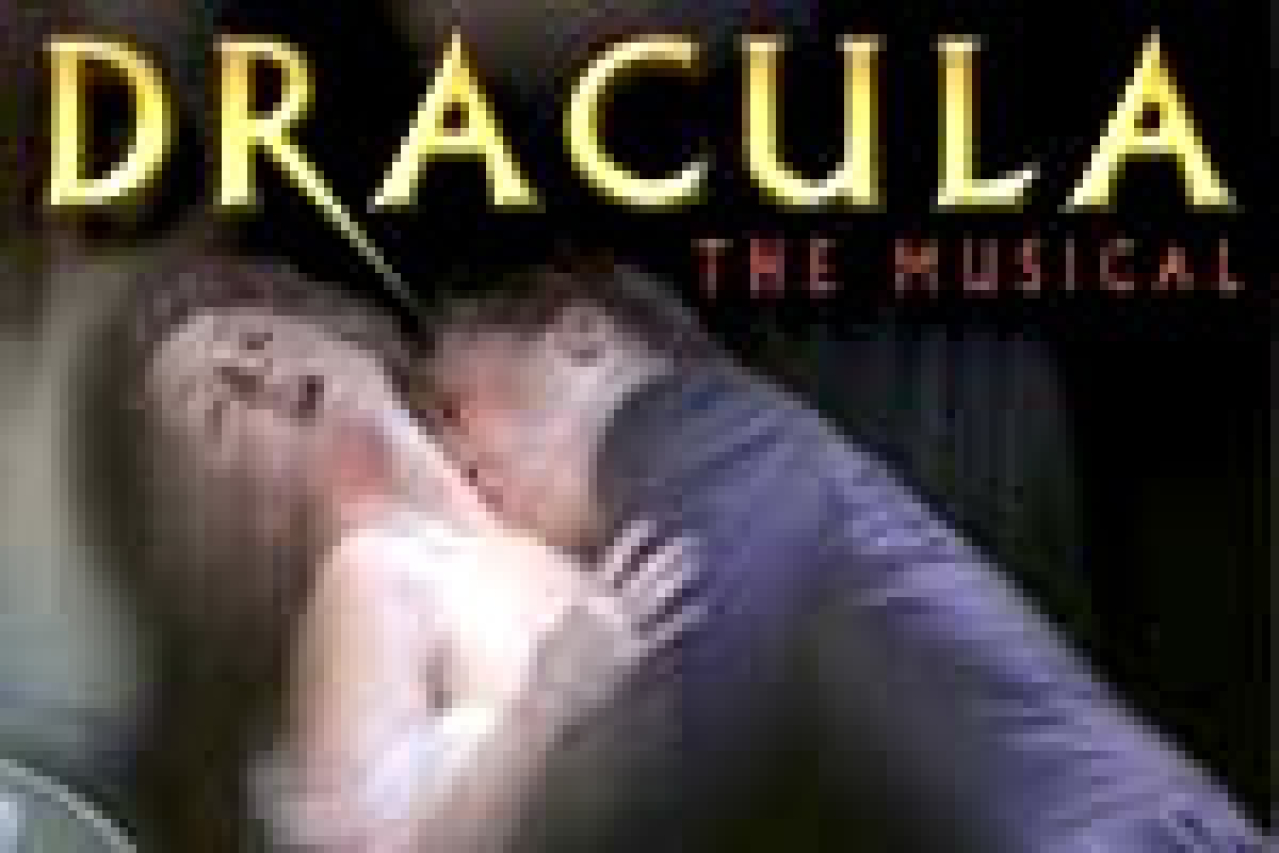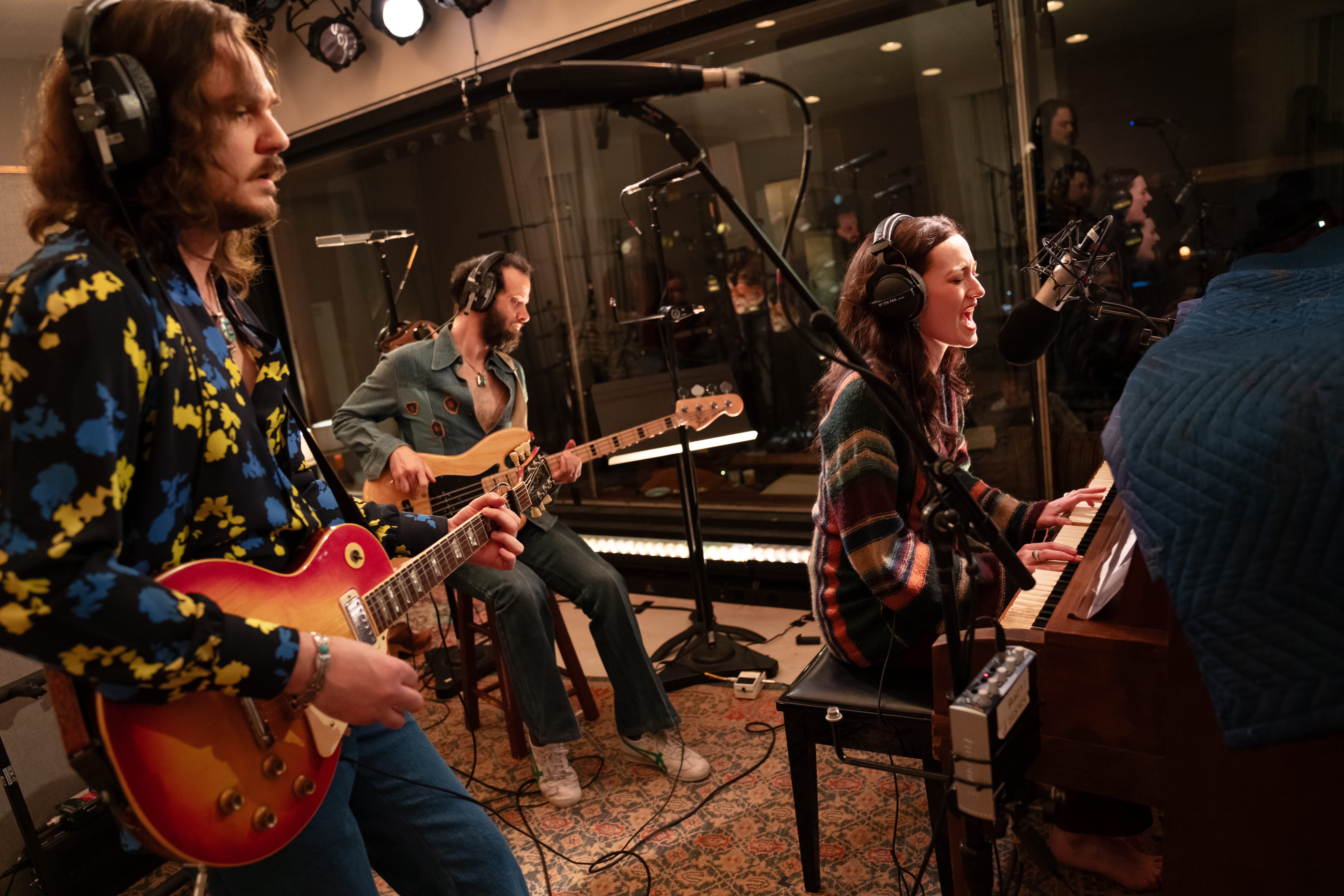Dracula, the Musical

Dracula, the Musical
(Photo © Joan Marcus)
A Bram Stoker fan might wonder how the prolific author, once a drama critic for the Dublin Mail, would react to the much-singing, no-dancing version of his 1897 novel, Dracula, that opened on Broadway last night. If he had his wits about him, he’d probably think what any sentient person would of a work that’s been run up by so many people who don’t seem to have had their wits about them.
Dracula, the Musical is so inept that it’s difficult to resist the temptation to drag out expected puns about it. I’ll give in only so far as to say that the offering of librettists-lyricists Don Black and Christopher Hampton, composer Frank Wildhorn, and director Des McAnuff looks as if it’s had all the blood drained from it. It’s juiceless, joyless, and — inexcusable for an adaptation of a classic thriller — shockless.
The culprits have made something incoherent out of the Stoker story, which uses excerpts from diaries to report how the sweet Mina Harker (here played by Melissa Errico), bride of the earnest Jonathan Harker (Darren Ritchie), falls victim to the ministrations of the prone-to-necking Count Dracula (Tom Hewitt), a Transylvanian vampire. Angling to get Mina into his power, Dracula first sinks his teeth into the lady’s friend Lucy Westenra (Kelli O’Hara) and also enthralls, then bumps off the prophetic loony Renfield (Don Stephenson). Tending to Mina as she is drawn increasingly under the Count’s spell is Abraham Van Helsing (Stephen McKinley Henderson); he’s there for the final kill, so to speak.
Although Black and Hampton have stuck to the outlines of Stoker’s best-seller, they’ve allowed its logic to leak out. The audience watches with one big “what just happened?” expression. The librettists have also taken un-Stoker-like liberties with the story, the most egregious of which is the ending, which won’t be described here. What can be said is that Dracula is a late Victorian allegory of sexual repression, one novelist’s agitated discourse on women drawn to dangerous men and the consequences of such socially incorrect attraction. Black and Hampton, aware that women nowadays recoil from the “victim” role, alter the original ending and supply a 2004 update on female empowerment! (Can Hampton, normally an inordinately droll playwright, have really had much to do with this enterprise other than to let his name be put on it? One has to wonder.)
No question, though, that composer Wildhorn, is inextricably involved. The man has a gift for melody but little talent for shape, even when writing one of his lethal power ballads. Don’t listen to the Talkinbroadway crowd about the excellence of the first-act finale, “Life After Life.” Like the rest of the score, it’s deadly. But with all the Wildhorn lambasting that goes on, isn’t it time someone insisted that his lyricists share at least half the blame? Don Black (rhymes with “hack”) is surely the chief culprit here. My favorite set of lyrics goes, “Undead one, release him / We order in Jesus’ name / Undead one, surrender / Prepare to bow before Christ.” Sings right off the page, no? And there’s plenty more where those came from — not from Transylvania, but from hunger. (By the way, Black has previously put words to notes for Andrew Lloyd Webber, who appears to be Wildhorn’s songwriting model.)

(Photo © Joan Marcus)
In the midst of the stultifying turmoil, the actors are mostly called on to be valiant. The chief sufferer is Tom Hewitt, who plays a stiff in more ways than one. Is it absolutely necessary that vampires have only one expression? Wouldn’t a charming and seductive Count have more sway? Hewitt’s got a booming voice, but what could anyone do with such ditties? Same for Melissa Errico, whose vocal and physical beauty takes your breath away; the poor thing seems to have peaked, though, in the Encores! production of One Touch of Venus and has seldom since found anything worthy of her abilities. The best performance — because it’s a performance and not a pose — is given by Don Stephenson, whose last Broadway outing was as Leo Bloom in The Producers. Kelli O’Hara sings well and Stephen McKinley Henderson, on hiatus from the August Wilson Players, acts well. (NB: Both Errico and O’Hara have brief nude scenes that will take place at all performances, not just evening performances as originally announced.)
A word about the Flying by Foy. In the last half century, theater technology has advanced astoundingly. There’s one glaring exception: on-stage flying, which seems not to have progressed very far beyond anything Mary Martin did in 1954’s Peter Pan, credited to Flying by Foy founder Peter Foy. Then, airborne actors could go up and down in one plane or right and left, with the occasional diagonal or somersault between the wires supporting them. That’s pretty much all they still do, and how “been there, done that” it quickly becomes.
More interested in mechanical logistics than script logistics, director Des McAnuff has as usual piled on the lighting cues (Howell Binkley), sound cues (Acme Sound Partners) and sets. (The pretty costumes are by Catherine Zuber and the minimal choreography credited to Mindy Cooper.) Set designer Heidi Ettinger keeps doors and coffins popping up and moving flats irising. Ettinger’s most striking contribution is a very tall, marble-like sculpture of a young boy holding a skull; it rises from the pit where Harry Houdini once hid his elephant. The looming piece has no title, but I’ll oblige: “The Next Theater-Going Generation Contemplates the Remains of Musical Comedy.” Dracula? No, Dreck-ula.











